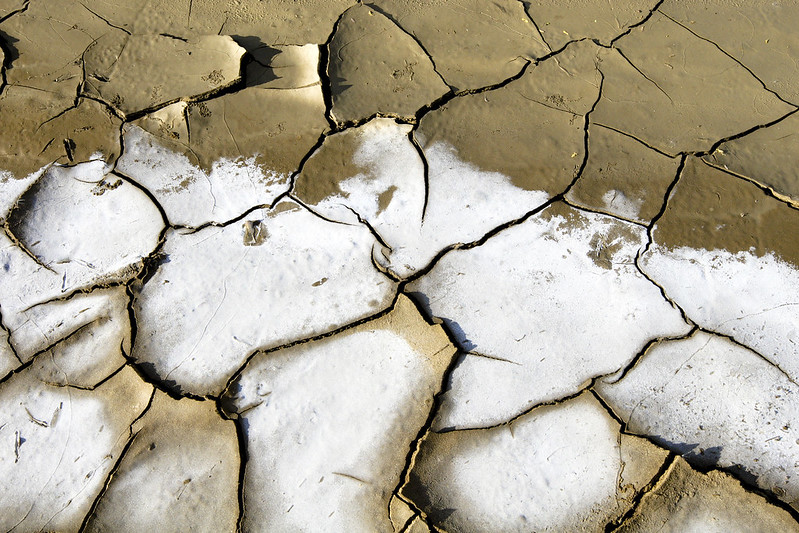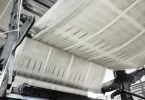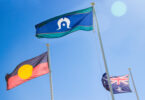Political Editor of The Guardian Katharine Murphy on the murky legacy of climate change reportage in Australia.
Back in 1990, the Intergovernmental Panel on Climate Change released their first report looking at the impacts of our changing climate.
The chairman, after 18 months of research, wrote that the impacts of climate change were “potentially the greatest global environmental challenge facing humankind.”
Their modelling was based on if CO2 levels were to double and cause a temperature rise of between 1.5 and 5 degrees.
It is now 2020, and climate change has been a mainstream news story for more than 30 years.
But despite this, journalists in Australia still haven’t reached consensus on reporting the story as a scientific reality.
A 2013 Australian Centre for Independent Journalism study found that 32% of articles in Australia’s major newspapers dismissed or questioned whether human activity was causing the climate to change, with News Corp titles the dominant factor.
And it remains to be seen how much things have changed.
Media mogul Rupert Murdoch recently denied there were climate deniers at his organisation.
But the day after his comments, The Australian ran an article from Prof Ian Plimer, mining industry figure and geologist, that claimed there was no evidence that humans caused climate change.
‘Balance’ has been a long-held concept in journalism, supporting the idea that journalists should be fair in their reporting, which means giving equal weight to both sides of an argument.
But there is increasing evidence that maintaining ‘balance’ may not be helpful for climate reporting, serving to cause confusion rather than reveal the truth.
In a critique of a National Public Radio report about new licensing laws for abortion clinics, Jay Rosen wrote an influential essay that rejected the journalistic standard of ‘he said, she said’ reporting.
“He said, she said journalism means … no real attempt is made to assess clashing truth claims in the story, even though they are in some sense the reason for the story,” he said.
“This is … one of the lowest forms of journalism in existence, in which the…reporter washes her hands of determining what is true.”
Rather than having the reader weigh both sides and determine the truth of a story, Rosen said that should be the job of the reporter – to look at the evidence and determine what is accurate instead of trying to please every side.
In 2016, British-Iranian Christiane Amanpour told a conference of the Committee to Protect Journalists that it is better to aim for truth than neutrality.
“We cannot continue the old paradigm – let’s say like over global warming, where 99.9% of the empirical scientific evidence is given equal play with the tiny minority of deniers,” she said.
Kerry O’Brien echoed Amanpour’s comments last year in his Logies speech.
He argued journalism has failed to convey the size and urgency of the problem of climate change.
“Forty years after powerful evidence first kicked in that human-caused climate change threatened the world with an existential disaster, we’re still stuck in the mire of drab, dishonest arguments that will come at great cost to future generations and we the journalists have not cut through the fake news effectively,” he said.
“We have not properly held politicians to account.”
The way that climate change is being reported in the media may slowly be changing.
Covering Climate Now, an initiative of the Columbia Journalism Review, The Nation and The Guardian has partnered with over 400 news outlets worldwide, including Australian organisations such as The Conversation and the student collaborative newspaper The Junction, to drive stronger climate coverage across the media.
The Guardian’s Frontline series was one recent example of devoted platforming to Australia’s climate emergency, but other organisations have also begun to play a part.
News Corp’s news.com.au also recently launched a series examining Australia’s changing climate, Time is Now.
But the climate crisis has shown that that impartial journalism doesn’t mean giving every side of the story equal weight.
Accuracy, evidence and truth-telling are crucial to responding to our rapidly changing environment.
Featured Image: Photograph is Patrick Hendry, taken from Unsplash.










